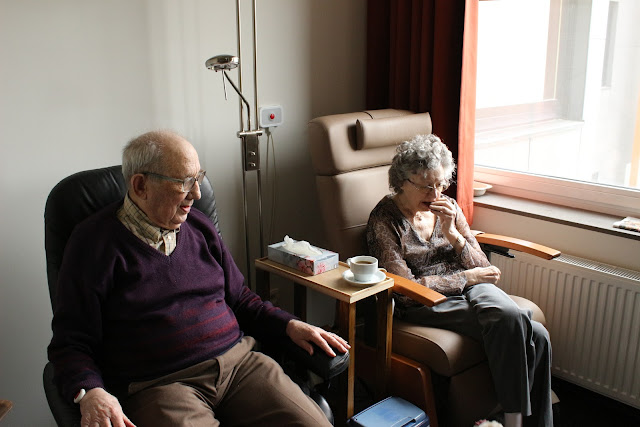The rights of people in nursing homes are generally the same as everyone’s rights. Although rights can change when someone becomes less able, and decisions have to be made for them. You may have to act on their behalf to make decisions that you think are best for them. If you have a loved one in a nursing home, you will want to protect them and make sure they are being cared for properly.
When they enter a home they will receive a nursing home contract -
understanding a nursing home contract can be difficult. Therefore, in this article, we are going to look at rights that particularly affect nursing home residents and what to look for to ensure that they are being respected and upheld.
The rights of all nursing home residents are generally the same. However, when someone becomes unable to communicate or make decisions for themselves, then arrangements should be made on what their preferences were in the past. Their rights such as their privacy and security are still of the utmost importance.
Privacy
Life in a communal home is challenging. Most residents still need to feel that their privacy is being respected, especially when it comes to
personal care. Here are some tips on what to look for:
- A patient is involved in decisions that affect them. For example, when they shower, whether they would prefer to only be cared for by female staff and what they wear.
- Personal care is done in private with the door closed.
- Ensuring confidentiality with their care and not openly discussing intimate matters in front of other residents.
- Being allowed to self-care where they can and retain independence even where it might take them a long time.
Security
Residents should feel safe and cared for. This includes:
- Offering assistance with tasks that could otherwise be dangerous such as walking or using the toilet.
- Protecting residents from abuse from staff or other residents.
- Everything is as accessible as possible, and the floor is clear from hazards.
- A clear and accessible complaint process.
- An atmosphere of care that is open, honest and inclusive.
Civil Rights
Residents should still retain their rights as citizens as far as they can do so, including:
The opportunity to vote in elections.
- Access to healthcare.
- Assistance claiming appropriate benefits or social services.
Choice
Residents should always have control and
choice as far as they can do so. They should be involved in making decisions about their care and be allowed to change their mind daily if they wish to, including:
- Where and what they eat within reason.
- Who they choose to socialize with.
- Activities they can get involved in.
- How to manage their own time and the choice to be flexible with their routine.
- An opportunity to share preferences.
- Religious or ethical beliefs, which should be respected and upheld by those around them.
Employees should always aim to communicate with residents, speaking to them at their eye level whilst building rapport and upholding respect. Visitors should be encouraged and welcomed as this is one of the best ways to keep resident’s spirits high.









